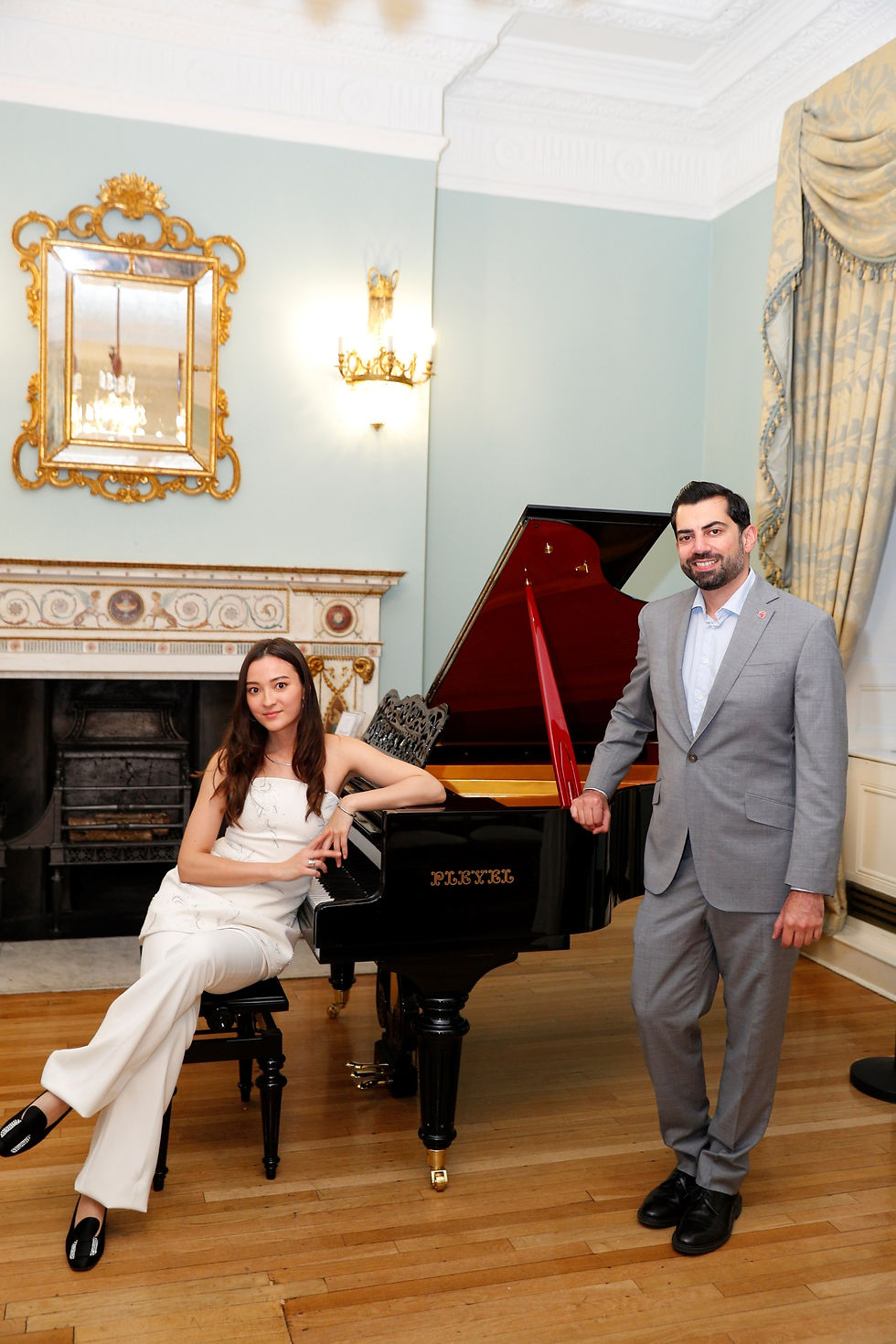Wonderful wire
- Grand Passion Pianos
- Sep 30, 2017
- 3 min read
Without wire, the piano would be silent. It is the percussive action of a piano hammer against piano wire that creates a piano tone. It follows that the character of a piano is heavily influenced by the wire used in the piano.

The frequency of sounds created by a piano increase from bass to treble with complex physics dictating the optimal length of wire to produce a given note. Different thicknesses of steel wire are also used for different notes to create the necessary frequency, but recent innovations have shown that a superior tone can be obtained by changing not only the length and thickness of piano wire for each note, but its very composition.
A taut string has been used to create musical tones for centuries. In fact, we have evidence that Pythagoras, of hypotenuse fame, experimented with taut strings at different tensions noting that a higher tension created a higher note.
The use of metal wire in keyboard instruments was established in the spinet, clavichord and harpsichord. Since the piano was essentially an evolution of the harpsichord, designed to have dynamic range, the piano inherited wire as its sound producing medium.
The standard modern 7.25 octave range of the piano is quite remarkable, but presents many mathematical challenges concerning the use of optimal wire. If a single gauge of wire was used throughout the piano, the sound produced would be awful, and the wire would probably snap in certain registers. If unwrapped wire was used for the bass strings of the piano, the cabinet would need to be significantly longer. In the bass, and throughout the piano’s compass, different pitches on the piano are achieved by the use of wire of varying thicknesses. The narrowest wire is used in the treble and the thickest, wound wire is used in the bass section.
All modern piano makers vary wire thickness as described above. However, all the wire used in modern pianos, regardless of thickness, is made of a single material - steel. In that respect, the fundamental approach to pitch in the piano has not changed since Pythagoras’ experiments described above! To the modern scientific mind, that is a very linear and limiting approach. The reason behind the choice of steel, and steel alone, is simply that the modern piano has always been strung using steel wire and so continues to be so strung.
However, what if we didn’t limit ourselves to steel? What if we could explore the rich sonority of other metals and vary the composition of wire in different ranges of the piano to incorporate other metals with superior quality for that range?
We can! At Grand Passion Pianos we restring all of our Pleyel pianos using wires of varying composition, chosen in accordance with the optimal composition for a particular note on the piano. This process takes a long time, needs a lot of applied science, but results in an evenness and quality of tone that we have never experienced with traditional single composition steel wire. All of our wires are also finished with a brilliant nickel coating meaning that, unlike normal steel wire, they will never rust and will keep a piano looking pristine indefinitely.
Hybrid stringing is the future of the piano, but you can try it today at Grand Passion Pianos.
Contact us for more information or to find out which pianos we currently have available incorporating hybrid stringing:
www.grandpassionpianos.co.uk
0800 233 5213
info@grandpassionpianos.co.uk
Look out for our next blog post which will focus in more detail on our new bass string technology which can make even a baby grand piano sound like a top performance instrument.







Comments